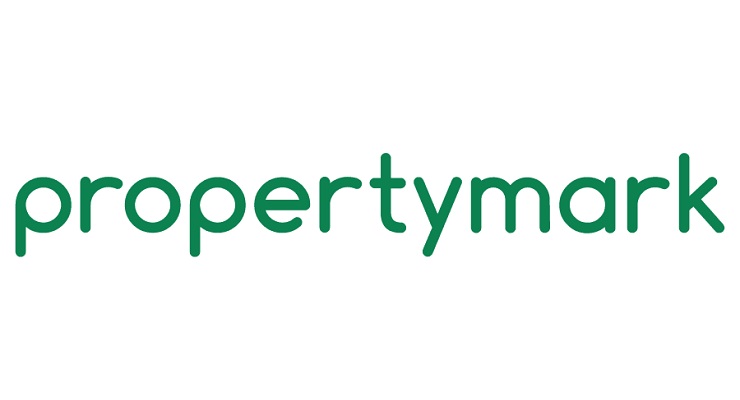Will localism raze or raise the roof?
July 24, 2019
The Institute of Economic Affairs (IEA) report, titled ‘Raising the Roof’, is thankfully not claiming to be the silver bullet to solve the housing crisis but, instead, earnestly builds on industry proposals.
Penned by Jacob Rees-Mogg MP and Radomir Tylecote, the report focusses on enabling a more competitive house building industry through more appropriate taxation and supply mechanisms.
Taxation is a problem for the industry. The IEA’s recommendations to more easily use corporation tax relief to clean up derelict or contaminated land are welcomed, but silent and unfair taxes charged through the development process must also be reformed.
House builders pay many fees and taxes, two of them being the Community Infrastructure Levy (CIL), a standardised development charge, and Section 106, an affordable housing contribution assessed on expected profits. CIL was initially introduced to replace the complex and delay-ridden Section 106. Yet, in practice, developers are paying both.
An assessment of tax is therefore desperately needed but, before considering any changes to stamp duty, the likelihood is that further exemptions will push house prices up further and discourage councils from granting more permissions, even if the tax is regionalised with more money going directly to local authorities.
This is because councils already have a similar growth mechanism through the new homes bonus, a grant paid by central government to incentivise more homes. Many councils have not used this mechanism to increase revenues and, instead, have preferred to err on the side of localism or, as is it is more commonly known, NIMBYism.
It is highly unlikely that personal tax reductions will increase supply and, while lowering corporation tax and reforming of other levies will help make smaller house builders more resilient to the broken planning process, it will not physically increase supply.
To stimulate supply, the IEA has made four key suggestions:
- Build It Yourself (BIY) policy, operating under the presumption that people can build their own homes;
- granting permitted development rights to ‘build and beautify’, even at very local levels such as individual streets;
- reassessing the greenbelt and its appropriate release, such as when it is brownfield or land near train stations;
- reverse compulsory purchase orders.
BIY is absolutely necessary, because councils have barely delivered any homes through their self-build registers and certainly not in England’s most expensive regions. However, this policy should favour those who truly need housing, not just those who can afford land or the build risk.
Councils can already release or reassess greenbelt, but they are not doing it. Neither are they using local policies to speed up permissions when new homes meet local need or build expectations.
The reverse compulsory purchase orders are perhaps the most interesting recommendation, as they place localism at the heart of decision making by allowing local people to force public land to be released. This would certainly enable more true localism, especially with the growth of community land trusts.
The IEA therefore makes some very sound planning reform recommendations, which will help increase supply and encourage culture change. However, many work on the premise that more local control is the answer, defining it as ‘choice not bureaucracy’. This is despite councils already having powers that they are not using successfully enough, such as being in control of their local plan site allocations, running a self-build register, or properly assessing housing need.
Unfortunately, when there are great challenges, localism often stifles success. The housing crisis is one strong example of this but if we take another national crisis, renewable energy, we can see that the Government’s ambition to let councils decide where commercial onshore wind and solar farms are built has resulted in councils rejecting them almost out of hand.
Localism has had such an impact that even Green Party councils have been dissuaded from implementing renewable energy solutions.
Industry has beseeched the Government to work with them to analyse and understand how the supply of the right housing is actually delivered. It is therefore positive to see many of those discussions making their way into this report and further highlighting that house builders are not to blame for the shortfall of housing.
You May Also Enjoy
Rightmove’s Weekly Mortgage Tracker – 01/07/25
Average rates for 2-year and 5-year fixed-rate mortgages Term Average rate Weekly change Yearly change 2-year fixed 4.57% -0.05% -0.83% 5-year fixed 4.55% -0.04% -0.45% Lowest rates for 2-year and 5-year fixed-rate mortgages Term Lowest rate Weekly change Yearly change 2-year fixed 3.69% -0.13% -0.98% 5-year fixed 3.87% -0.01% -0.36% Average…
Read More Housing Insight Report Covering May 2025
Sales On average, there were around 11.5 homes placed for sale per member branch in May 2025. Lettings The average void period reported by member agents increased to just over three weeks in May 2025. We are seeing an average of 37% of housing transactions taking longer than 17 weeks to complete. The timescales are…
Read More Rental Market Hotspots Drive National Growth
New analysis from FCC Paragon reveals modest national growth in rental demand across England in Q2 2025, up by 1.2% to 29.4%. However, this overall increase masks significant regional variation, with several counties experiencing substantial quarterly surges that are driving the market forward. The research shows that rental demand across England strengthened in Q2, up 1.2%…
Read More Nationwide House Price Index for June 2025 – Thoughts from the Industry
Nationwide House Price Index for June 2025 shows House prices fell by -0.8% between May and June of this year. On an annual basis, the average house price increased by 2.1% although this rate of growth had slowed from 3.5% the previous month. As a result, the average UK house price now sits at £271,619.…
Read More Clarity still needed on key areas in Renters’ Rights Bill
Ahead of Report Stage of the Renters’ Rights Bill in the House of Lords later today, 1 July 2025, Propertymark is urging the UK Government and Peers to amendment Bill, so it is fit for purpose. There remain long-standing concerns about the capacity and capability of the Courts, with the time from claim to hearing…
Read More Pet deposits only option following UK Government U-turn on Renters’ Rights Bill
Ahead of Report Stage of the Renters’ Rights Bill in the House of Lords which kicks off later today, Tuesday 1 July 2025, Propertymark is urging Peers to support an amendment that would allow for an additional pet deposit now that the UK Government has tabled amendments to remove pet insurance requirements. Since the introduction…
Read More 








